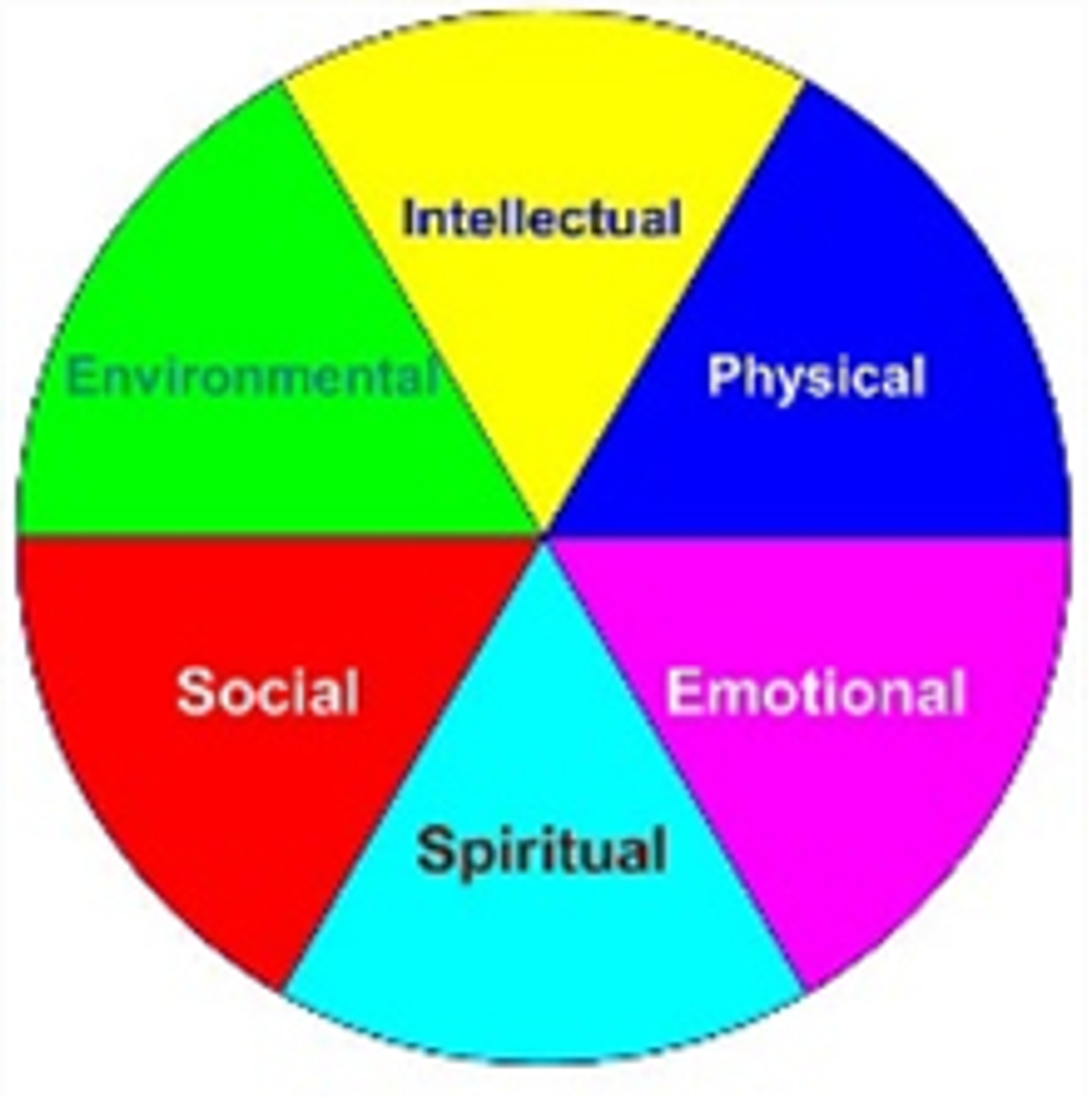Wellbeing Officer
Exploring the areas of wellbeing

Wellbeing Officer
Exploring the areas of wellbeing
Term one has already been filled with so valuable wellbeing sessions in the classrooms. In the junior levels, we are continuing to focus on Bucket Filling (a description of this is in the previous newsletter). The prep/foundation class has been so excited to spend time with their grade 5 buddies and work on the wellbeing activities together. Amber and Charlotte in grade 5 helped organise activities that are engaging and fun and I think the whole prep class would agree that they did an amazing job.
I have been fortunate to be able to work each week with the grade 3 and 4 classes as we continue to explore what wellbeing means. We discussed the areas of wellbeing and how the students can intentionally contribute to their own wellbeing. I had a list of activities such as cleaning your room, respecting your teachers and parents, eating healthy and mindfulness activities. The students then decided whether the activities would belong to the following areas:
Please note: Within the spiritual wellbeing session, we discussed how activities such as mindfulness, relaxation techniques, art and music can support spiritual wellbeing. We did not discuss religious beliefs.
This activity provided a space for several honest conversations as students discussed what each area of wellbeing meant to them. Some students decided yoga and exercise should be placed under physical wellbeing whereas other students placed the activity under emotional or spiritual wellbeing. The emotional maturity and confidence that each student demonstrated was outstanding. It was rewarding to observe that students can identify that their classroom is a safe space for students to share their opinions, thoughts and values freely.
The children then created their own wellbeing wheel (as shown here) and created their own list within the wellbeing areas.


Our following lesson focused on how the students can be accountable for their own emotional wellbeing and positively contribute to the wellbeing of others. I developed a wellbeing program that involves the students reflecting on past behaviours/decisions and how future choices will affect themselves and others. The three categories are listed below
The students then listed ways they can individually be wellbeing warriors and had the choice of sharing, taking the activity home or commit to making positive changes, and place their activity in the recycling bin to represent tomorrow being a new day and making positive choices to support the wellbeing of themselves and those around them.
As parents/caregivers there are many things we can do to support the wellbeing of our children and it begins with respectful conversations. Allowing our children to express their feelings and give them time to process is important. If your child is expressing negative behaviours, it can be helpful to work with your child to reflect on the behaviour and develop ways that they can share their feelings in a way that supports their own wellbeing and your wellbeing respectfully.
The City of Whitehorse has resources and activities to support families, the link below will provide you with details of upcoming events.
www.whitehorse.vic.gov.au/living-working/people-and-families/family-activities-and-resources
Evenbrite is also a valuable website that lists activities and events that are upcoming and an excellent resource for families as you can search for the relevant topics. Given current situations around the world and students awareness, an upcoming online event hosted by NewsWise will help navigate potential challenging conversations. The details can be found by clicking on the link below.
If we can be on any assistance to your family to support the wellbeing of your child at school or at home, please do not hesitate to contact your child’s teacher or myself directly. All staff and teachers work collaboratively at Weeden Heights to support your child’s wellbeing and although we have probably heard the saying many times before, it does take a village.


Until next time 😊
Nicole Agius
Wellbeing Officer
nicole.agius@crosswaylifecare.org.au